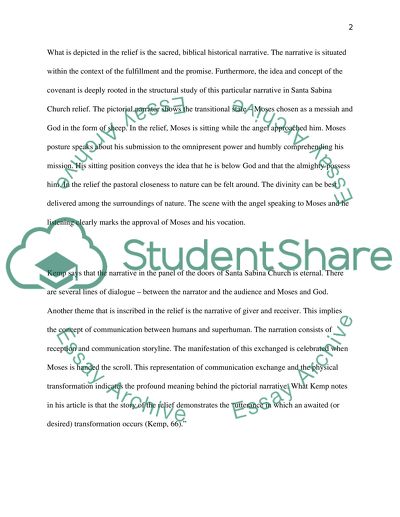Cite this document
(“Christian Traditions Book Report/Review Example | Topics and Well Written Essays - 1000 words”, n.d.)
Retrieved from https://studentshare.org/religion-and-theology/1507320-christian-traditions
Retrieved from https://studentshare.org/religion-and-theology/1507320-christian-traditions
(Christian Traditions Book Report/Review Example | Topics and Well Written Essays - 1000 Words)
https://studentshare.org/religion-and-theology/1507320-christian-traditions.
https://studentshare.org/religion-and-theology/1507320-christian-traditions.
“Christian Traditions Book Report/Review Example | Topics and Well Written Essays - 1000 Words”, n.d. https://studentshare.org/religion-and-theology/1507320-christian-traditions.


